Seven regional Victoria battery storage projects, all at the commissioning phase, will be the first to connect to Victorian distributor Powercor’s high voltage distributed energy resource management system (HV-DERMS), adding stability to the grid.
Powercor’s HV-DERMS allows renewable generators to access existing network capacity and when in concert with BESS, dynamically manage energy flow to optimise grid stability and maximise renewable energy integration.
Owned by Adelaide-headquartered Sustainable Energy Infrastructure (SEI) Energy, General Manager Justin Parker told pv magazine that connecting the BESS facilities directly into the distribution network will assist in providing network support and quality of supply as close as possible to the point of use.
“This is achieved by drawing power from or exporting power into the network as required on a 24/7 basis depending on the network requirements at the time,” Parker said.
The seven BESS share the same 5 MW /10 MWh capacity and have been developed in partnership with project developer ACEnergy and engineering, procurement and construction (EPC) contractor ACLE Services.
ACLE will continue to manage the operation and maintenance of the facilities with SEI carrying out the overarching asset management function.
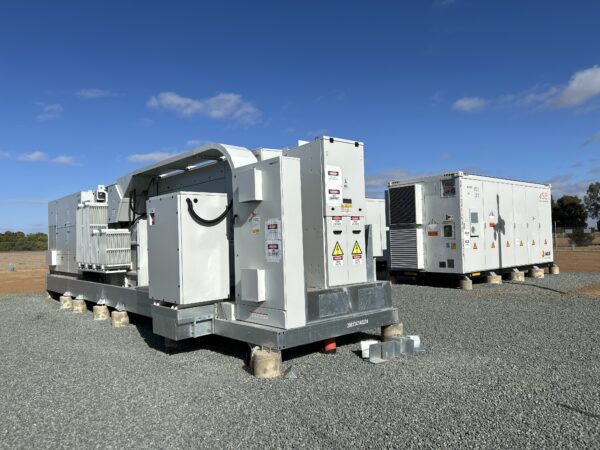
The BESS are located near Winchelsea, Camperdown, Terang and Warrnambool, between 113 to 256 kilometres southwest of Melbourne, and Echuca, Wyuna and Tongala, approximately 220 kilometres north of the capital.
“The completion of this portfolio of seven BESS projects demonstrates SEI’s ability to manage, as well as ACLE Services ability to deliver on, these projects, which were also the first to be incorporated into Powercor’s DERMS system,” Parker said.
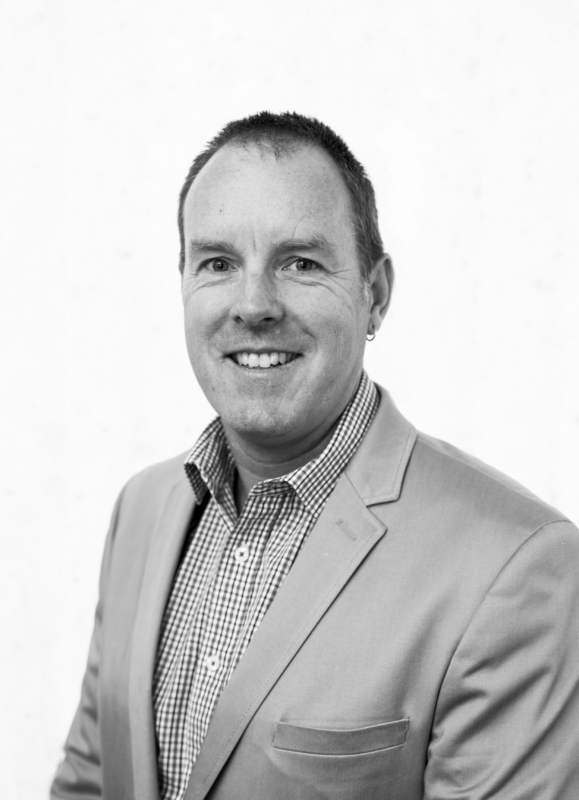
Image: Sustainable Energy Infrastructure (SEI Energy)
Parker added distributed BESS are increasing in popularity as the technology delivers network benefit close to the point of use.
“Distributed BESS are generally quicker to obtain development approvals and construct than transmission projects, and transmission BESS has its place to provide similar services at the transmission level,” Parker said.
“They really complement each other, providing similar services at different parts of the network.”
Parker said BESS facilities will continue to be a part of SEI’s future project role out.
“There is no one silver bullet as we transition to a renewable future, wind, PV, BESS and a form of solid base load will all serve their part,” Parker said.
“As the market evolves globally, the technology available is continuing to evolve which provides us with more options and smarter control possibilities.”
Parker said the challenge ahead will be to meet future energy demand with enough BESS and renewable generation as aging facilities close.
“There are many parts in achieving this that will require many parties to work together ranging from investors, construction delivery times, project approval times, network upgrades to facilitate new projects and land availability, to name but a few,” Parker said.
This content is protected by copyright and may not be reused. If you want to cooperate with us and would like to reuse some of our content, please contact: editors@pv-magazine.com.
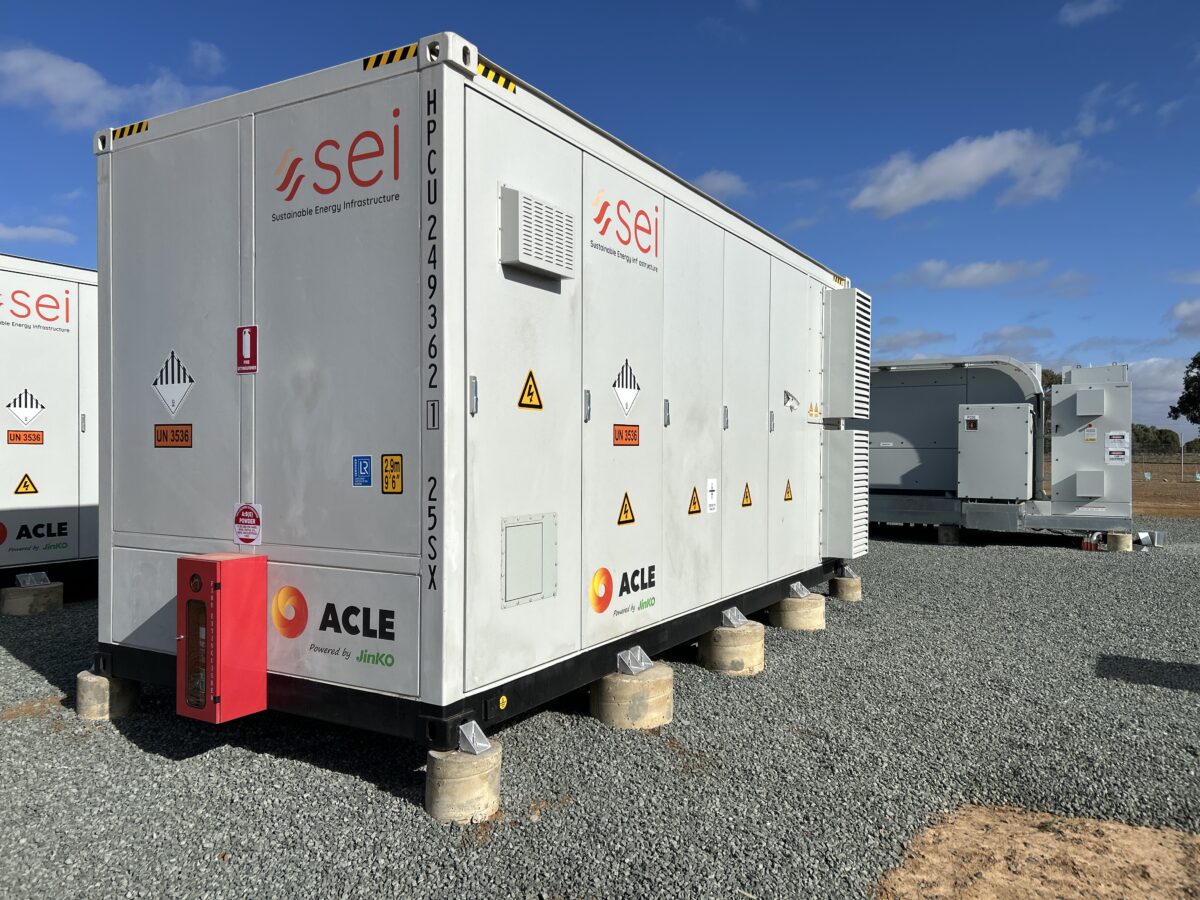
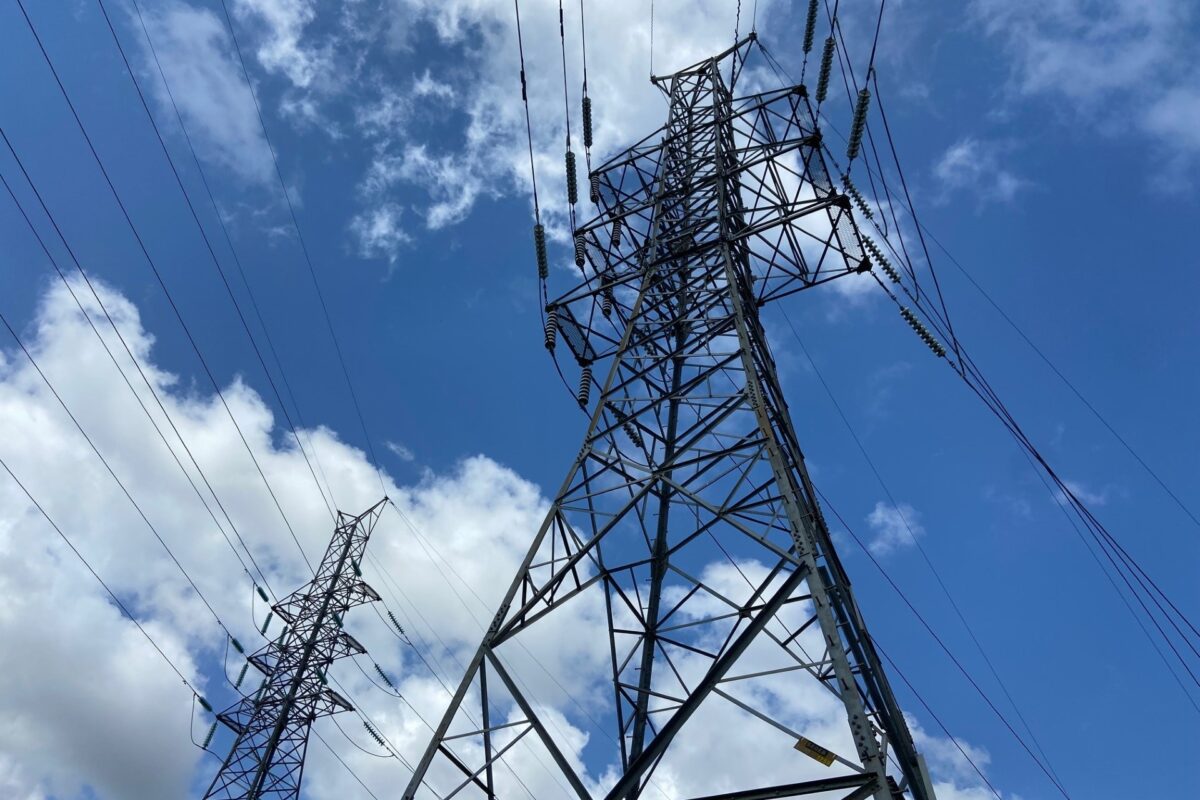
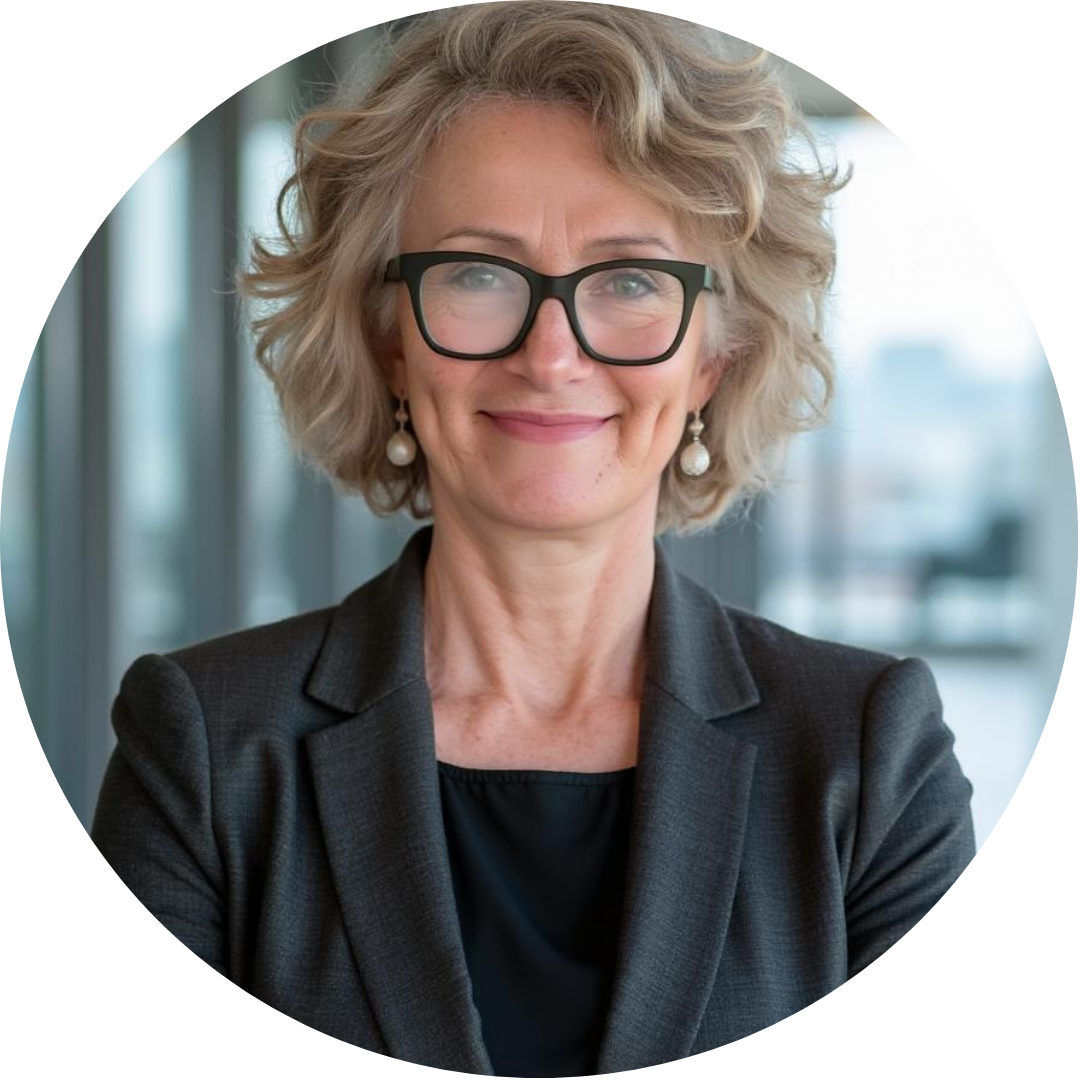

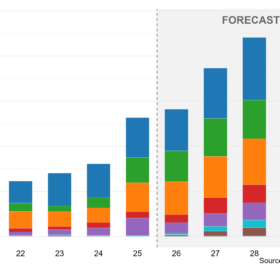
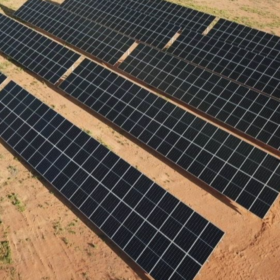
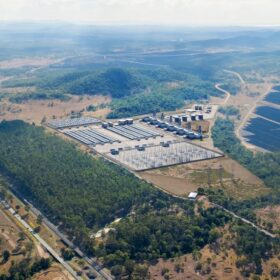
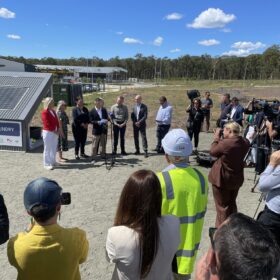
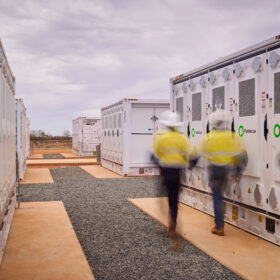
By submitting this form you agree to pv magazine using your data for the purposes of publishing your comment.
Your personal data will only be disclosed or otherwise transmitted to third parties for the purposes of spam filtering or if this is necessary for technical maintenance of the website. Any other transfer to third parties will not take place unless this is justified on the basis of applicable data protection regulations or if pv magazine is legally obliged to do so.
You may revoke this consent at any time with effect for the future, in which case your personal data will be deleted immediately. Otherwise, your data will be deleted if pv magazine has processed your request or the purpose of data storage is fulfilled.
Further information on data privacy can be found in our Data Protection Policy.